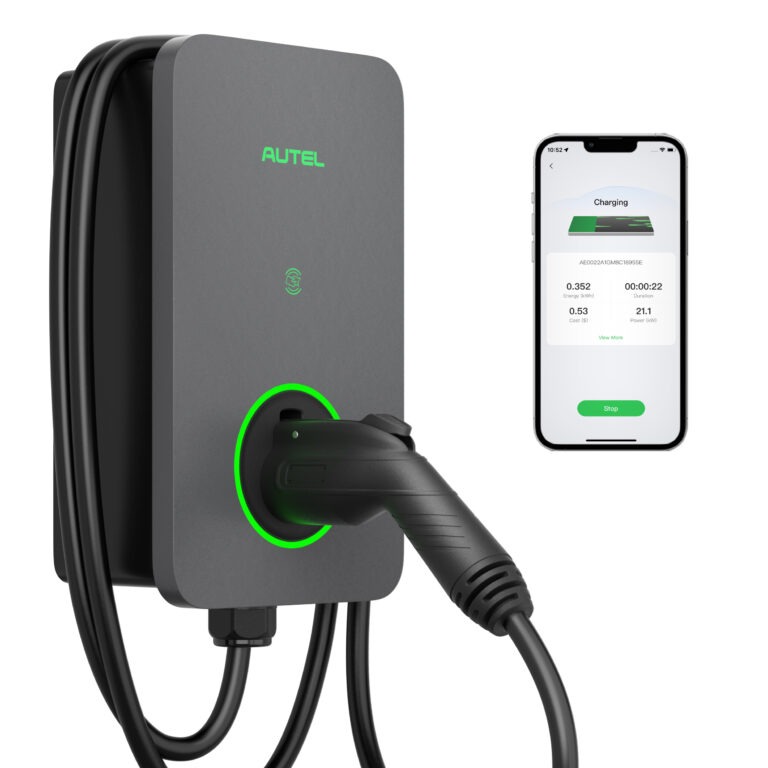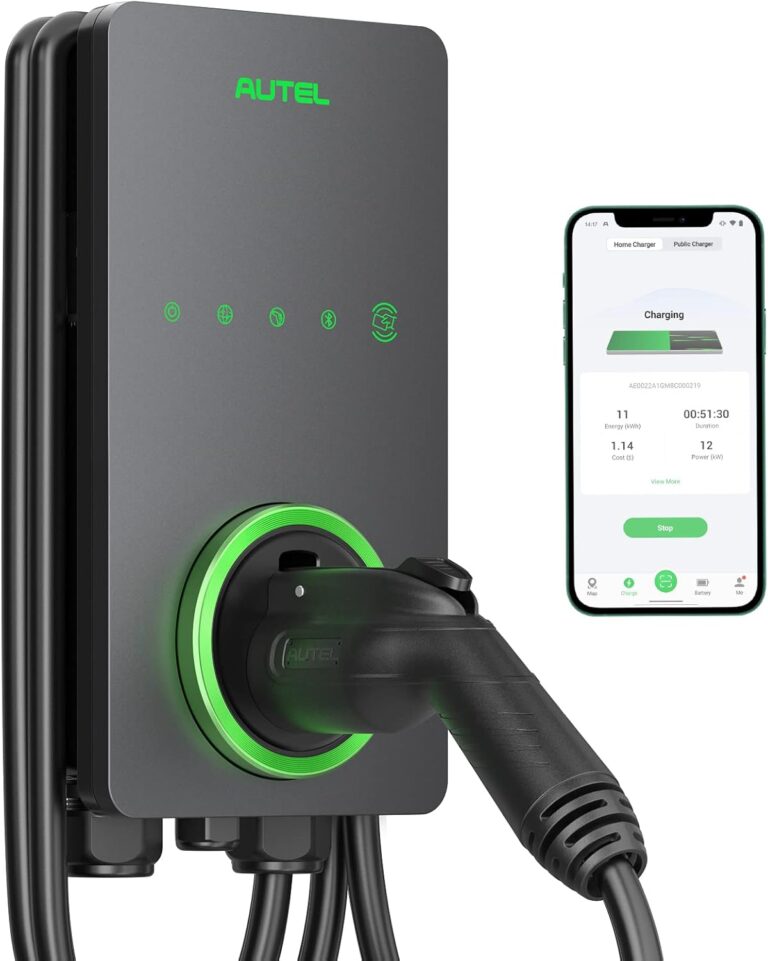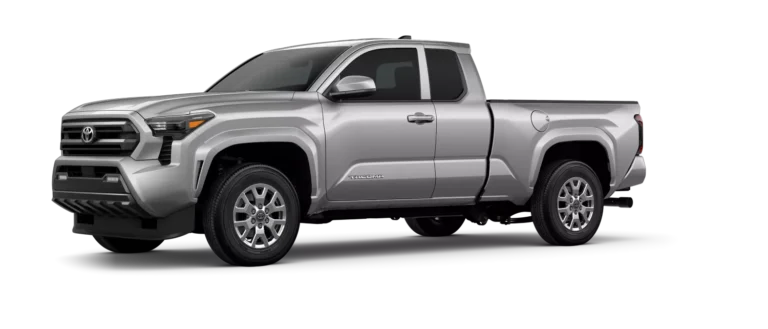
Acura Integra VIN Decoder and Options List
Acura Integra VIN Check and Acura Integra VIN Lookup
Where Do I Find My Acura Integra VIN?
Driver’s side dashboard
Look through the windshield at the base of the dashboard on the driver’s side. This is the easiest and most common place to view the VIN without opening the car.
Driver’s door jamb
Open the driver’s door and check the label or metal plate on the inner door frame. It lists the VIN along with tire pressure and paint information.
Vehicle documents
Your registration, title, and insurance paperwork all include the VIN, which should match the number on your car.
Engine bay or firewall
Some Integras have the VIN stamped on the metal in the engine compartment, typically on the firewall behind the engine or near the strut tower.

Ready To Check Your Acura Integra Spec?
Stop undervaluing your Acura Integra, and never overpay again!
Get an instant, FREE car valuation for your Acura Integra. Check how options, features, and specifications affect resale value with Check Your Spec.
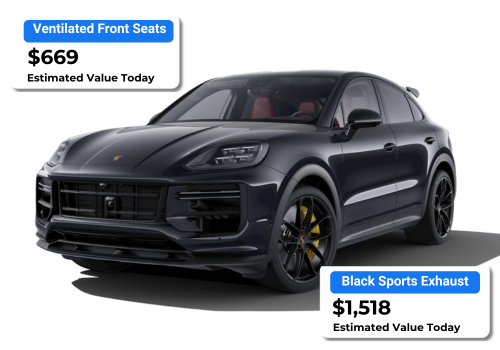
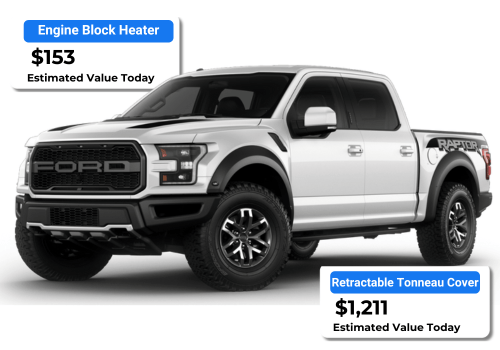
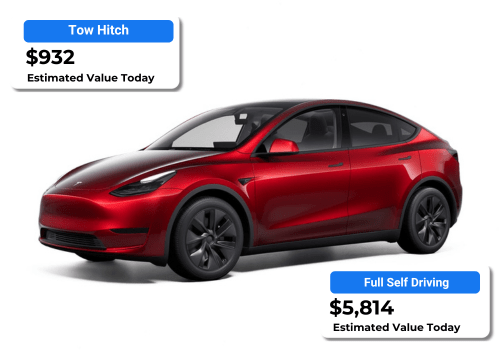
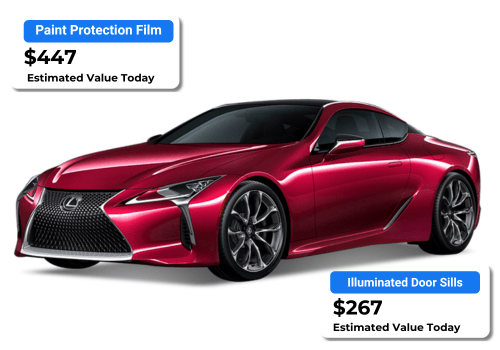
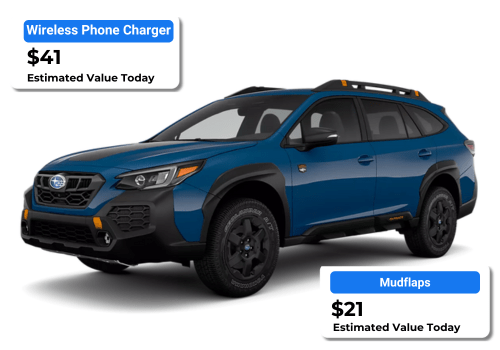
Article By: Dale Ogden
Dale Ogden is the founder of Check Your Spec and a recognized automotive expert with over 20 years of experience in vehicle valuations, forecasting, and asset management. A former Forecast Manager at CAP HPI – the UK’s leading vehicle valuation authority (think of them as the equivalent to Kelley Blue Book). He pioneered EV depreciation models now used by top manufacturers and has produced residual values for over 10,000 vehicles. Dale’s insights are trusted by automotive professionals, enthusiasts, and buyers worldwide.
Table of Contents
What Is My Acura Integra VIN?
Your Acura Integra’s VIN is the key to its backstory. Those 17 digits outline where the car was manufactured, which engine powers it, and which trim and safety features were included. Using a VIN decoder, you can see the precise details that make your Integra unique, whether it is performance options, interior tech, or driver-assist systems.
Free Acura Integra VIN Decoder
What Are Acura Integra Option Codes?
Ever walked past a Acura Integra and noticed the perfect color, the crafted seats, and a hint of performance in the sound. Those impressions are shaped by its option codes.
We will cover how these codes translate into equipment that shapes your Integra’s character. Each code is precise and tied to how Acura configures the car at the factory. Your Acura Integra option codes appear in the supplied service pack, on a label in the luggage area, and can also be retrieved by a dealer using your VIN.
How To Find Your Acura Integra Option List
There are several reliable ways to find the factory options for a Acura Integra. Start with official sources and use online tools only as a cross-check. – Dealer printout: A Acura retailer can provide a factory spec sheet from the VIN. – Owner portal/app: Some regions show a build summary for recent models. – Window sticker or sales invoice: Good for package names on US-spec cars. – Online VIN decoders: Some tools can list options, but accuracy varies. Use with caution and verify against official sources. Tip: Keep a copy of your build summary with your records. Terminology and availability can vary by model year and market, and physical labels are not present on every vehicle.
What Is An Acura Integra Build Sheet?
The Acura Integra build sheet is an official factory record that confirms your vehicle’s exact configuration as it left production. It details every specification and option your car carried at handover, including exterior finish, interior materials, powertrain setup, and all factory-installed equipment.
What it includes
• Factory option codes and option packages
• Engine, transmission, and drivetrain details
• Exterior and interior specifications including paint, upholstery, and trim
• Optional equipment such as audio, lighting, driver assistance, or safety features
• Production and assembly information including plant and sequence data
Where it helps
• Buyers confirming factory options on a used vehicle
• Sellers highlighting genuine features and option value
• Enthusiasts or collectors verifying originality and authenticity
How to access a build sheet
• Ask an Acura retailer to retrieve it using your VIN
• Check the official Acura service information portal (subscription may apply)
• Look in the service booklet or for a build label in the trunk or spare wheel well on some models
Note
Availability and access methods may vary by model year and market. Do not confuse the build sheet with a window sticker; the build sheet records the factory configuration, while the window sticker reflects retail pricing and marketing information.
Acura Integra Engine Codes
Acura engine codes identify the specific powertrain fitted to your vehicle. Each code reveals details such as displacement, cylinder configuration, and technology used. While several Honda-developed engines are shared across Acura models, variations exist by trim level, year, and region.
L15B7: 1.5L Turbocharged Inline 4
• Found in the Acura Integra and other compact models
• Features direct fuel injection and dual overhead cam design
• Known for smooth performance, strong mid-range torque, and excellent fuel efficiency
K20C4: 2.0L Turbocharged Inline 4
• Used in Type S performance variants
• Derived from Honda’s K series architecture with high flow turbo and VTEC system
• Delivers responsive power with a focus on performance and top end output
J35Y: 3.5L V6
• Found in larger Acura models such as the MDX and TLX V6
• Equipped with i-VTEC and Variable Cylinder Management for better efficiency
• Known for refined, linear power delivery and proven long-term reliability
Important
Engine codes can be highly specific to model year, drivetrain, and regional configuration. Always verify your exact code using the VIN, under-hood label, or dealer build sheet before ordering parts or referencing technical data.
Acura Integra Transmission Codes
Transmission codes identify the type of gearbox and shifting technology fitted to your vehicle. Acura and Honda use several automatic, dual clutch, and CVT systems across their range depending on engine type, drivetrain layout, and performance intent.
9 Speed Dual Clutch Transmission (DCT)
• Used in the Acura NSX and other high-performance applications
• Employs a dual clutch system for near-instant gear changes
• Offers lightning-fast response and consistent power delivery under load
CVT (Continuously Variable Transmission)
• Found in lower displacement front wheel drive models including some Integra variants
• Provides smooth, gearless acceleration and optimal fuel efficiency
• Prioritizes comfort and economy over aggressive shifting behavior
9 Speed Automatic Transmission (ZF 9HP Series)
• Featured in earlier V6-equipped Acura models such as the MDX and TLX
• Uses a compact ZF layout with a wide ratio spread for refined performance
• Delivers balanced efficiency with smooth gear transitions
10 Speed Automatic Transmission (10AT)
• Found in newer Acura TLX, MDX, and Type S variants
• Offers advanced shift logic, paddle shifters, and tightly spaced gears
• Known for quick, precise shifting and strong highway fuel economy
Important
Transmission codes and configurations vary by model year, engine pairing, and market. Always confirm the correct code for your specific vehicle using the VIN, transmission label, or official Acura service documentation.
Acura Integra Paint Codes
Paint codes identify the exact exterior color applied to your vehicle at the factory. Each code corresponds to a specific paint formulation and finish, ensuring accurate color matching for touch ups or panel replacements. Acura uses standardized alphanumeric paint codes that may share names with other models, but finishes can vary slightly by region and production year.
B-554P: Apex Blue Pearl
• Used on Type S and PMC Edition models
• Deep metallic blue with a pearl effect finish
• Highlights sporty contours and performance trim packages
G-547P: Tiger Eye Pearl
• Exclusive to Type S variants
• Gold-toned metallic finish that shifts with light and angle
• Designed to emphasize premium and performance styling
NH-731P: Crystal Black Pearl
• Deep black tone with subtle metallic flake
• Offers a sleek, high-gloss appearance across multiple trims
NH-883P: Platinum White Pearl
• Premium white finish with fine metallic undertones
• Popular on higher trims for a refined, clean look
NH-904M: Lunar Silver Metallic
• Modern silver metallic with a neutral tone
• Common across several Acura and Honda models for broad appeal
Acura Integra Exterior Trim Codes
Exterior trim codes specify the design and accessory elements fitted to your vehicle’s bodywork. These include finish details, mirror features, roof equipment, and optional styling packages. Trim codes can vary depending on production year, trim level, and market region, so always verify them through your VIN or build sheet.
EK: Blackout Emblem Overlays
• Factory accessory package replacing chrome badges with black finishes
• Adds a sportier, more aggressive appearance
RB: Roof Rails in Black
• Market-dependent feature available on select trims
• Designed for roof rack compatibility while maintaining a sleek aesthetic
RF: Roof Rails in Silver
• Similar configuration to RB but finished in bright metallic silver
• Often paired with lighter body colors for visual contrast
PM: Power Mirrors Heated and Folding
• Electrically adjustable mirrors with heating elements
• Folding function varies by market and trim level
PC: Special Color Trim Package
• Indicates pearlescent or premium exterior paint paired with coordinated trim accents
• May include matching mirror caps, emblems, or lower body moldings
Acura Integra Wheel Codes
Wheel codes identify the exact factory wheel specification installed on a vehicle. Each code corresponds to a unique design, diameter, and width suited to the car’s brake setup, tire dimensions, and overall fitment. Acura wheels are engineered with specific offset, bolt pattern, and TPMS compatibility requirements, which must be confirmed before replacement or upgrade.
42700-TJB-A01: ILX 18×7.5J
• Standard alloy wheel size used on ILX and compatible with certain Integra trims
• Balanced for ride comfort, efficiency, and handling
• Commonly paired with 225/40R18 tire specification
42700-TG7-A81: MDX A-Spec 20x9J
• Larger performance-oriented wheel fitted to MDX A-Spec models
• Provides a wider stance and enhanced cornering stability
• Ideal for drivers prioritizing visual impact and grip over ride softness
42700-TJB-A51: TLX 19×8.5J
• Mid-size wheel option from TLX models suitable for select Integra fitments
• Slightly wider profile for improved traction and cornering
• Available in premium finishes such as Berlina Black and Shark Gray
Winter Steel Wheel Options
• Offered on certain trims for cold-weather regions
• Smaller diameters improve tire sidewall flexibility and snow performance
• Simplified design reduces cost and resists corrosion from salt and debris
Important
Always verify wheel code, size, and offset using your VIN, build sheet, or dealer parts database. Confirm that the center bore, bolt pattern (typically 5×114.3), and TPMS sensors match your vehicle’s configuration. Wheel specifications can vary slightly between markets and production years.
Acura Integra Lighting Codes
Lighting codes define the type of exterior illumination systems equipped on the vehicle. These codes indicate whether your car uses standard, premium, or market-specific lighting technology. Acura’s advanced LED systems, such as Jewel Eye and LED RL, vary by trim and year, so confirming details through your VIN or build sheet is recommended.
Jewel Eye: Jewel Eye LED Headlights
• Acura’s signature multi-lens LED projector system
• Provides a sharp, focused beam pattern and distinctive appearance
• Standard or optional depending on trim level and market
AHB: Auto High-Beam
• Automatically toggles between high and low beams based on traffic and lighting conditions
• Enhances nighttime visibility and driver convenience
• Integrated with front camera systems in select models
LED RL: LED Rear Combination Lamps
• Full LED tail light assembly including brake, turn, and position lights
• Delivers faster illumination response and modern styling
• Common on recent Integra and TLX models
FOG LED: LED Fog Lights
• Compact LED modules positioned low on the front fascia
• Improve visibility in fog, rain, or snow by reducing glare and enhancing road illumination
• Optional feature depending on package or market specification
Acura Integra Interior Option Codes
Interior feature codes identify the comfort, convenience, and entertainment equipment installed at the factory. These codes may vary by trim, production year, and market region, and are best verified using the VIN or dealer build sheet.
Seating
• SR: Power driver seat with memory, varies by region
• HS: Heated front seats
• VS: Ventilated front seats
• LUM: Power lumbar support for driver or front passenger
• LEA: Leather seat material, grade dependent
Steering Wheel
• HST: Heated steering wheel
• LWS: Leather wrapped steering wheel with multifunction controls
Climate Control
• DAC: Dual zone automatic climate control
• QAC: Quad zone automatic climate control, used on flagship or higher trims
Other Interior Features
• HUD: Head up display projecting information onto the windshield
• PJA: Premium JBL audio system found in Toyota and Lexus vehicles
• BO: Bose premium audio system used in Nissan and Infiniti vehicles
• ELS: ELS Studio audio system exclusive to Acura models
• AL: Ambient interior lighting with multi-color selection
Acura Integra Safety and Driver Assistance Codes
Driver Assistance
• DRCC: Dynamic Radar Cruise Control – maintains a set following distance from the vehicle ahead by adjusting speed automatically
• LTA: Lane Tracing Assist – helps keep the vehicle centered within its lane by providing gentle steering input
• LKA: Lane Keep Assist – detects unintentional lane departure and provides corrective steering assistance
• BSM: Blind Spot Monitor – alerts the driver to vehicles in adjacent lanes during lane changes
• RCTA: Rear Cross Traffic Alert – warns of approaching vehicles or obstacles when reversing
• RSA: Road Sign Assist – recognizes and displays key road signs such as speed limits or stop signs
• PA: Parking Assist – uses sensors or cameras to guide and, in some models, automatically perform parking maneuvers
Safety
• PCS: Pre Collision System – monitors for potential frontal collisions and applies braking to reduce impact severity
• ESC: Vehicle Stability Control or equivalent system – maintains traction and control during cornering or slippery conditions
• SRS: Supplemental Restraint System – includes front, side, and curtain airbags for occupant protection
• TPWS: Tire Pressure Warning System – monitors tire pressure levels and alerts the driver to underinflated tires
Acura Integra Infotainment and Communication Codes
Navigation and Connectivity
• DA: Navigation system with 12-inch display, availability varies by market and trim level
• CP/AA: Apple CarPlay and Android Auto integration for smartphone mirroring, navigation, and media access
• BT: Bluetooth hands-free system for phone calls and wireless audio streaming
• HUD: Head up display integration that projects navigation and key vehicle information onto the windshield
• DCM: Data Communication Module providing telematics functions such as remote services and emergency communication
• OTA: Over the air map and software updates delivered automatically without dealer intervention
Sound Systems
• JBL: JBL premium audio system offering clear, balanced sound, commonly used in Toyota and Lexus models
• ML: Mark Levinson premium audio system exclusive to Lexus, known for high-fidelity performance and precision tuning
• BOSE: Bose premium audio system featured in Nissan and Infiniti models, using noise compensation and surround sound technology
• ELS: ELS Studio premium audio system developed specifically for Acura, tuned for accurate studio-quality sound reproduction
Acura Integra Common Option Codes
Common option codes represent frequently equipped comfort, convenience, and technology features found across Acura models. These codes help identify popular configurations included in standard packages or optional equipment groups.
• CP/AA: Apple CarPlay and Android Auto integration allowing smartphone connectivity for navigation, calls, and media streaming
• BT: Bluetooth hands-free system for phone calls and wireless music playback
• DAC: Dual zone automatic climate control with independent temperature settings for driver and passenger
• PSS: Parking sensors front and rear providing audible alerts to assist with tight maneuvering
• RVC: Rear view camera displaying a live feed on the central display when reversing
• TPWS: Tire Pressure Warning System monitoring tire inflation and alerting the driver of low pressure conditions
• HUD: Head up display projecting speed, navigation, and alerts directly onto the windshield
• JBL: JBL premium audio system used in Toyota and Lexus vehicles offering clear, balanced sound
• BOSE: Bose premium audio system found in Nissan and Infiniti models providing immersive surround sound
• ELS: ELS Studio audio system exclusive to Acura models delivering high-fidelity, studio-quality acoustics
How Acura Integra Options Affect Value
For an Acura Integra, well chosen packages help cars sell faster and closer to asking.
Shoppers routinely favor A Spec or Type S packages, ELS Studio audio, and Technology Package.
In this segment, features like LED headlamps, larger wheels, and style packs, and popular driver assistance bundles tend to add appeal on the used market.
AWD models generally command higher prices in regions with winter weather. Desirable paint and interior combinations also help cars move quickly compared with basic fleet specs. Documented service history and a full build sheet help validate the spec and support firm pricing.
Acura Integra FAQ
Can the Acura Integra VIN confirm which trim level my car is?
Does the VIN include the engine code for my Acura Integra?
Can the VIN confirm which infotainment or audio system my Acura Integra was built with?
Does the VIN identify the factory or production sequence for my Acura Integra?
Unlock accurate valuations for your car’s features in seconds – find out what your options are worth today and in the future.



